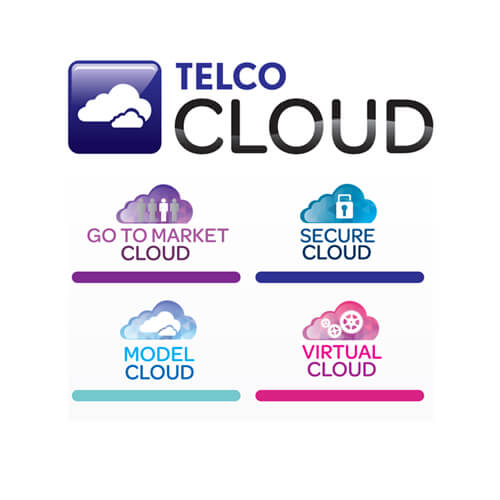Brands, products and building customer relationships at TCWF

As cloud service propositions gather momentum, Telco Cloud World Forum was a timely opportunity both to catch up on recent successes and discuss the challenges facing the industry. Through our workshop ‘Driving SMB Cloud Adoption’ we were able to explore in some detail the sector’s attitudes to cloud propositions for small businesses. Over the course of the afternoon, a number of themes started to emerge.
In this first report from the forum, we look at how telcos are working to integrate cloud services with their brand experience, and the decisions they’re making about which apps to include in their cloud offerings.
Getting your positioning right
Approaches to marketplace branding look to be evolving. Previously we’ve seen a lot of white labelling of cloud services. But among the attendees of our workshop there was agreement that ISV brands can be a powerful lever in increasing trust in a marketplace. As one person put it, telcos aren’t necessarily the silver bullet for trust: you need to build it rather than just stick your logo on your offering and hope for the best.
There were a number of ideas around how to create that trust.
- Anchor brands were discussed: by including a popular, known brand in the portfolio you have a shortcut to perceptions of value and reliability.
- Others in the room felt that while large brands were significant, it was now more important to get customer experience and bundling right.
Ease, simplicity and support were all seen as essential in delivering an optimal customer experience. And there was awareness that the way apps are integrated into that journey will impact on the experience too. Every product needs to have a clear role and support, and in fact clarity was a recurring theme. Some were concerned about marketplaces becoming too busy, which could lead to people going direct to ISVs.
Telcos need to manage visibility in their marketplace, keep it as simple as possible and not overwhelm the user. That could extend as far as not using the word ‘cloud’ to describe your offering. Instead, it’s all about making it easy for the customer to understand the value of signing up:
- Have an entry point that resonates with them, rather than ticking off boxes for your business.
- Once they’re in, it needs to be easy for them to self-activate.
- And after engaging with one product users are more likely to activate more, especially if they’re bundled.
So which products do you include?
We’ve already mentioned anchor brands and Microsoft Office 365 came up as a popular starting point: a cornerstone for a marketplace. But beyond this, attendees agreed that it’s critical to have a deeper catalogue of apps. After customers sign up to the big brand you want them to migrate on to some of the smaller, perhaps more specialist, products.
Adding value over and above Office365 presents an opportunity to differentiate. Deliver the right help and support to customers, and they’ll start recognising you as a credible provider. Add value to apps beyond what customers would get if they went direct and you create reasons for purchasing through you.
What do customers really want?
Knowing what customers actually want remains an issue – there was a sense that customers themselves often don’t know. Encouragingly, some telcos now involve customer experience teams in the app selection process. They’re making sure the process of identifying and selecting solutions that address relevant needs is simple for an audience that typically has little expertise.
What’s more, there is an acceptance that you should build as you go. As one attendee put it: you must move gently beyond your anchor brand app. Use its domain and analytics, then take on services related to the domain, gather data, and recommend services to the customer. This is a journey you need to take together.
And there’s always value in thinking beyond the standard set of business apps: niche vertical apps can be a powerful area to explore, demonstrating your knowledge of your customer base and helping differentiate you from competitors. For example the inclusion of a receipt management app in one marketplace has produced unexpectedly positive results, perhaps also because the concept is so simple to grasp.
In our next post from TCWF we’ll look at approaches to building business apps into customer channels and the role that support and management are playing in retaining existing customers – and winning new ones.
To keep up-to-date on our latest content, follow us on:
